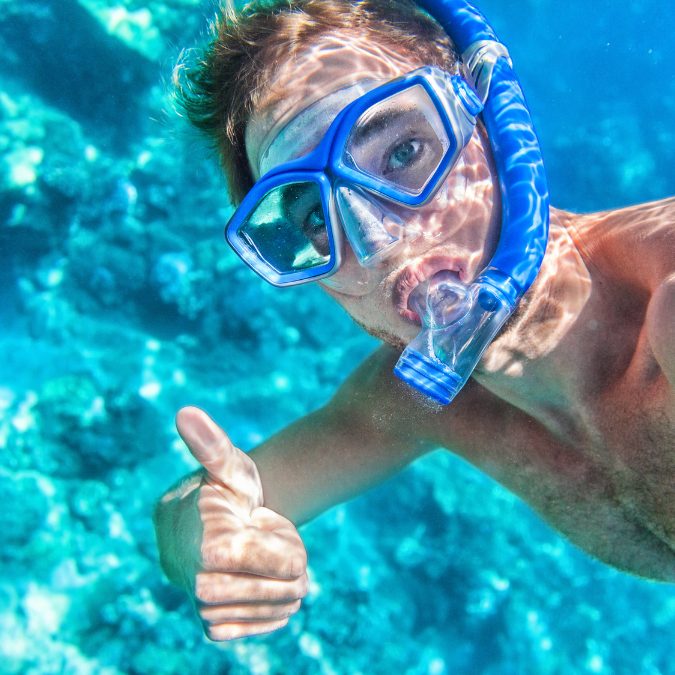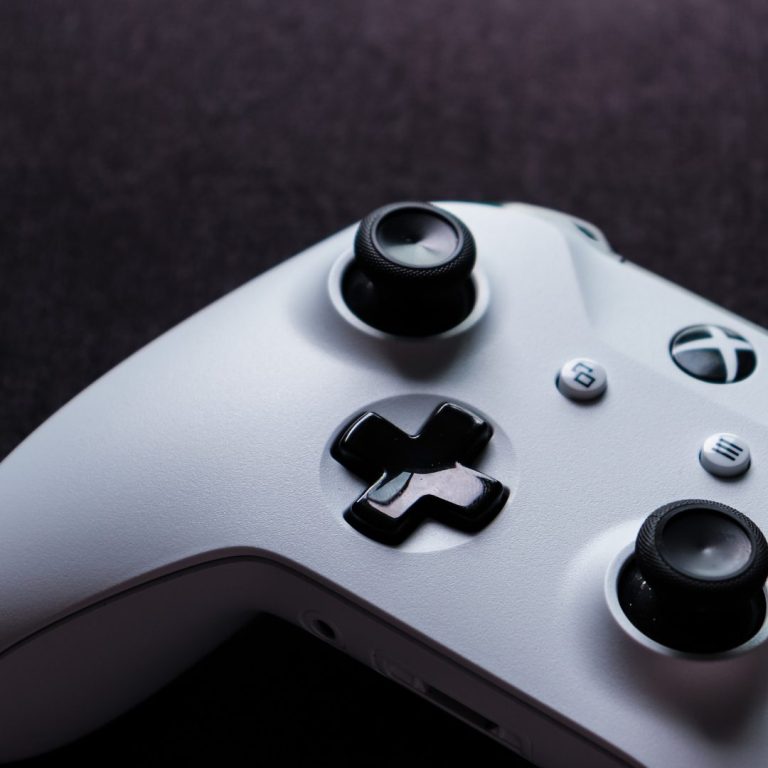Benefits Of Scuba Diving With Nitrox | Enriched Air
What is Scuba Diving With Nitrox??
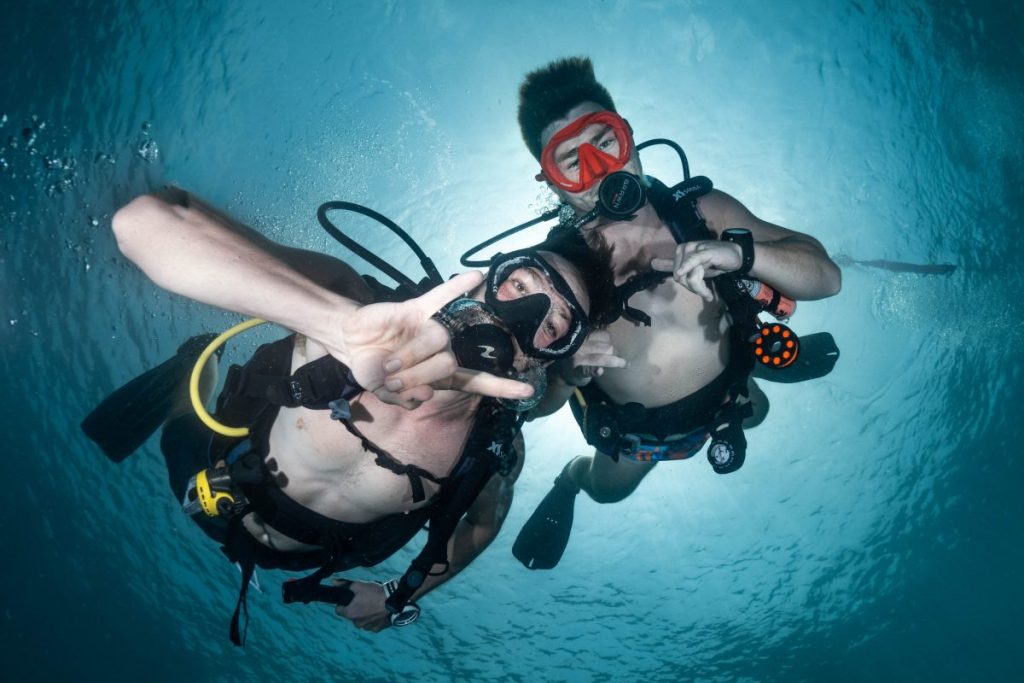
Beneath the shimmering surface of the ocean lies a realm of wonder and discovery that has captivated the hearts of scuba divers for generations. As divers plunge into the deep blue, they embark on a journey into a world teeming with life, mystery, and adventure. But what if there was a way to enhance this aquatic odyssey?
Enter Nitrox, a specialized breathing gas mixture that holds the promise of unlocking a treasure trove of benefits for scuba enthusiasts. In this blog post, we’ll take you on a deep dive into the world of scuba diving with Nitrox, exploring how it offers longer dive times, lessens the risks associated with nitrogen, and ensures a safer, more thrilling underwater adventure.
Join us as we unravel the myriad advantages that make Nitrox not just a trend in scuba diving but a transformative way to explore the ocean’s depths with increased confidence, extended bottom times, and an ever-present promise of discovery.
Science Behind Nitrox
Nitrox, short for nitrogen and oxygen, is a specialized breathing gas mixture that contains a higher concentration of oxygen and a lower amount of nitrogen compared to regular air. While normal air consists of approximately 21% oxygen and 79% nitrogen, Nitrox can contain oxygen levels ranging from 22% to 40%, or even higher in some specialized mixes.
The reduced nitrogen content in Nitrox makes it an attractive choice for divers as it results in fewer complications associated with nitrogen absorption and saturation in body tissues.
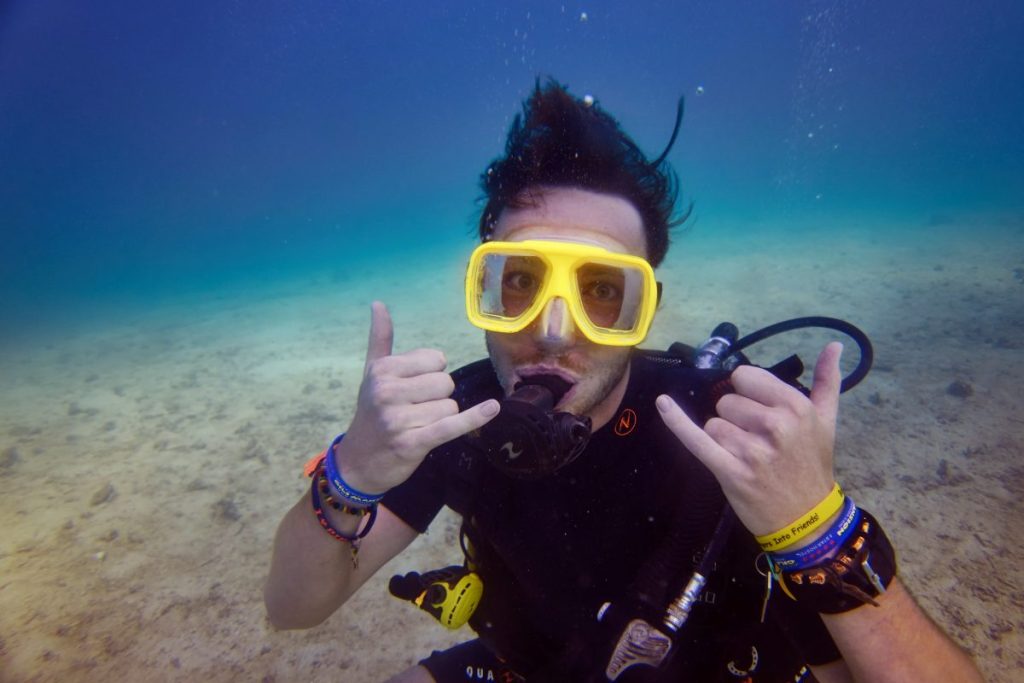
The Key Benefits of Nitrox Diving
Nitrox diving offers a spectrum of benefits that cater to divers of all levels, from recreational enthusiasts to technical divers exploring very deep depths. Let’s dive deeper into these advantages:
1. Extended Dive Time:
One of the most prominent advantages of Nitrox is its ability to prolong dive time. The reduced nitrogen levels in Nitrox result in longer allowable bottom times, especially for dives within recreational limits. This means you can explore the underwater world for more extended periods without exceeding safe decompression limits.
2. Reduced Risk of Decompression Sickness:
The lower nitrogen content in Nitrox reduces the risk of decompression sickness (DCS), commonly known as “the bends.” DCS occurs when excess nitrogen in the body forms bubbles during ascent. With Nitrox, you can make repetitive dives with shorter surface intervals, decreasing the risk of DCS.
3. Maximum Operating Depth:
Nitrox allows you to extend your maximum operating depth, offering recreational divers the opportunity to explore deeper without pushing the boundaries of no-decompression limits. This opens up a wider range of dive sites and underwater wonders.
4. Less Fatigue:
Scuba divers claim that diving with Nitrox results in less post-dive fatigue. With the reduced nitrogen absorption, your body experiences less nitrogen narcosis, also known as the “rapture of the deep,” which can cause drowsiness and impaired judgment at deeper depths.
5. Oxygen Enriched Air:
The higher concentration of oxygen in Nitrox not only reduces nitrogen absorption but also provides additional benefits. Nitrox divers report feeling more alert and refreshed after their dives, thanks to the elevated oxygen levels.
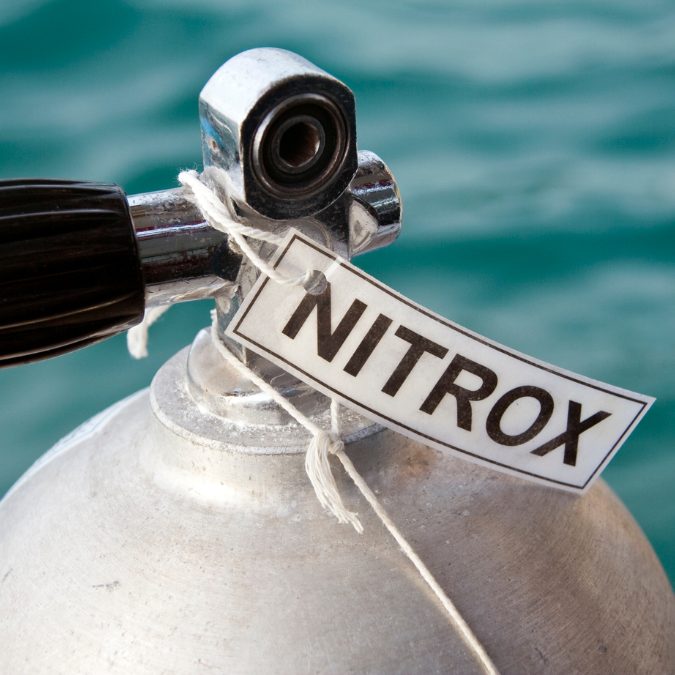
6. Safer Shallow Dives:
For shallower depths, Nitrox allows divers to maximize their dive time while maintaining safety. The benefits of reduced nitrogen content are not limited to deep dives; even dives at more common recreational diving depths can benefit from the advantages of Nitrox.
7. Reduced Nitrogen Narcosis:
Nitrogen narcosis, often likened to the effects of alcohol, can impair judgment and decision-making underwater. Diving with Nitrox minimizes the effects of nitrogen narcosis, providing a clearer and safer diving experience.
8. Less Risk of Oxygen Toxicity:
While enriched air Nitrox offers higher concentrations of oxygen, it remains well within safe limits. However, it’s crucial to adhere to the oxygen exposure limits to avoid the risk of acute oxygen toxicity.
9. Enhanced Dive Planning:
Nitrox allows for more efficient dive planning. Divers can enjoy longer dives without pushing the limits, and mandatory decompression stops are less likely, simplifying the dive plan.
10. Extended Dive Profiles:
For technical divers who embark on very deep dives, Nitrox can extend their allowable dive profiles. With specialized Nitrox mixes, very deep dives become more accessible.
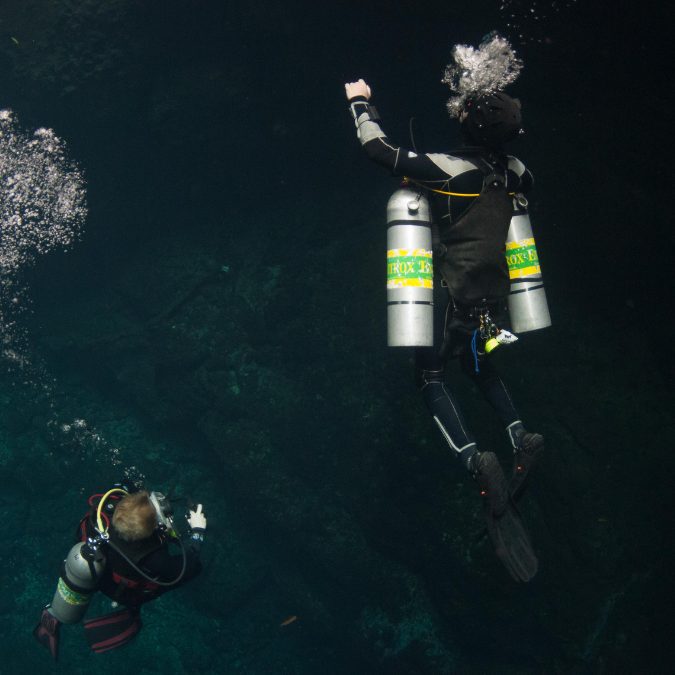
Common Misconceptions: Addressing the Myths
While Nitrox diving offers an array of benefits, there are some common misconceptions and concerns that deter divers from exploring this enriched air option. It’s essential to address these misconceptions to help divers make informed decisions:
1. The “Placebo Effect”:
Some divers are concerned that the benefits of Nitrox may be psychological, driven by a perceived advantage rather than scientific evidence. However, numerous studies and practical experiences of divers attest to the real and tangible benefits of Nitrox.
2. Risk of Oxygen Toxicity:
There’s a misconception that Nitrox diving carries a high risk of oxygen toxicity. In reality, Nitrox mixes used for recreational diving are well within safe limits, and adhering to oxygen exposure limits ensures safety.
3. Nitrogen Absorption:
The notion that Nitrox merely replaces nitrogen with helium is incorrect. Nitrox still contains nitrogen but at a lower concentration, reducing the risk of nitrogen absorption-related issues.
4. Gas Mixture Complexity:
Nitrox mixes may seem complex, but most dive centers and dive shops provide Nitrox tanks with clear labels, typically colored yellow, making it easy for divers to identify and use the correct mixture.
Getting Started with Nitrox Diving: The Essentials
To enjoy the benefits of Nitrox diving, consider the following steps:
1. Nitrox Certification:
Obtaining a Nitrox certification is the first step. PADI offers the Nitrox Diver course, which equips divers with the knowledge and skills required to dive safely with enriched air Nitrox.
2. Dive Planning:
When diving with Nitrox, always ensure you know the percentage of oxygen in your tank and plan your dives accordingly.
3. Equipment:
Nitrox-compatible scuba tanks and dive computers are essential for Nitrox diving. Verify the compatibility of your gear before making your dive.
4. Dive Tables:
Using Nitrox-specific dive tables or a Nitrox-compatible dive computer is crucial for accurate dive planning and execution.
5. Safety First:
Adhere to oxygen exposure limits, practice safe diving procedures, and be aware of the risks associated with oxygen-enriched air.
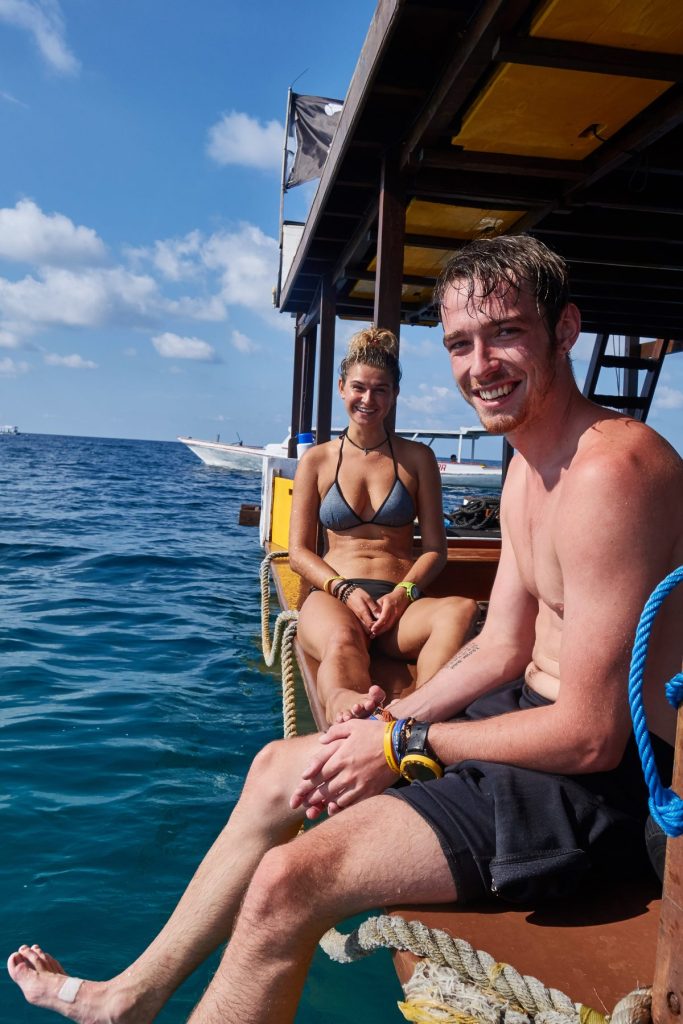
The Verdict: Dive Deeper, Stay Longer, and Dive Safer with Nitrox
Enriched air Nitrox unlocks a world of possibilities for divers. Its benefits are tangible and well-documented, providing longer dive times, less nitrogen-related risks, and enhanced safety. Whether you’re exploring recreational diving depths or pushing the limits with technical dives, Nitrox offers a chance to elevate your underwater adventures.
With the right certification, equipment, and dive planning, divers can immerse themselves in the awe-inspiring underwater world with greater confidence, less fatigue, and more extended bottom times. Nitrox diving is not just a trend; it’s a transformative way to explore the ocean’s depths while ensuring a safer, more thrilling dive. So, the next time you gear up for a dive, consider the benefits of Nitrox and experience the underwater world in a whole new light.
FAQ
1. What is Nitrox in scuba diving?
Nitrox, short for “nitrogen and oxygen,” is a breathing gas mixture used in scuba diving. It contains a higher concentration of oxygen and a lower amount of nitrogen compared to regular air.
2. What is the benefit of diving with Nitrox?
Diving with Nitrox offers several benefits, including extended dive times, reduced risk of decompression sickness, less fatigue, and improved safety at recreational diving depths.
3. Is Nitrox safe for all divers?
Nitrox is generally safe for most divers, but proper training and certification are essential. Divers should be aware of the potential risks of oxygen toxicity and adhere to safe oxygen exposure limits.
4. Do I need special equipment for Nitrox diving?
Nitrox-compatible scuba tanks and dive computers are essential for Nitrox diving. Ensure your equipment is compatible with the higher oxygen content in Nitrox.
5. What is the Nitrox certification?
The Nitrox Diver certification, often offered by organizations like PADI, provides divers with the knowledge and skills required to dive safely with enriched air Nitrox.
6. Are there different Nitrox mixes?
Yes, there are various Nitrox mixes, each with different oxygen percentages. Common mixes include Nitrox 32 (32% oxygen) and Nitrox 36 (36% oxygen).
7. Can I dive deeper with Nitrox?
Nitrox can extend your allowable bottom time at specific depths, but it does not allow for diving deeper than your maximum operating depth.
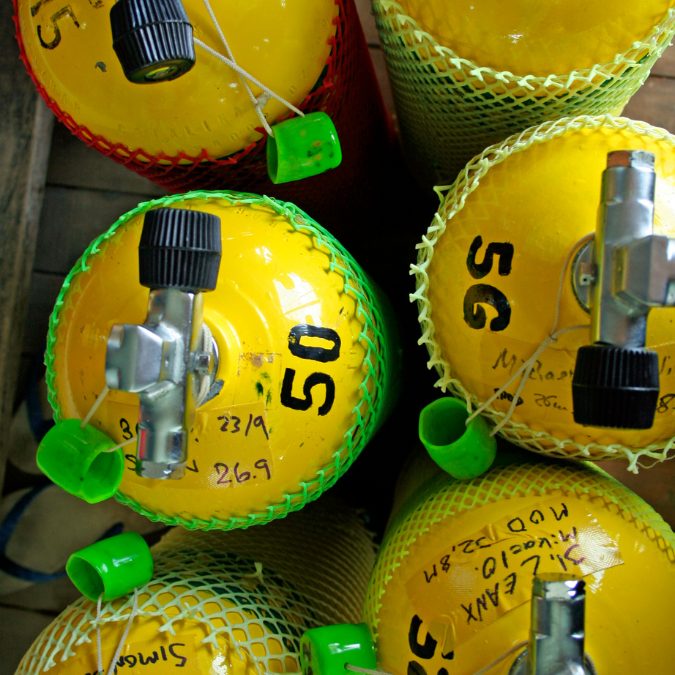
8. Is Nitrox used for technical diving only?
No, Nitrox is used by both recreational and technical divers. Recreational divers benefit from the extended no-decompression limits and improved safety.
9. What are the common misconceptions about Nitrox?
Common misconceptions include concerns about the “placebo effect,” a high risk of oxygen toxicity, Nitrox being purely a replacement for nitrogen with helium, and the complexity of gas mixtures.
10. How do I get started with Nitrox diving?
To get started, obtain a Nitrox certification, verify equipment compatibility, plan dives using Nitrox-specific tables or a Nitrox-compatible dive computer, and prioritize safety through oxygen exposure limits.
11. Is Nitrox diving suitable for very deep dives?
Nitrox can be used for very deep dives, but specialized mixes may be required. It extends allowable dive profiles, making deep dives more accessible.
12. What should I consider when diving with Nitrox?
Consider factors like the percentage of oxygen in your tank, dive planning, and equipment compatibility. Always prioritize safety and adhere to oxygen exposure limits.
13. Is Nitrox a trend in scuba diving, or is it here to stay?
Nitrox is not merely a trend; it’s a well-established aspect of scuba diving. It offers tangible benefits, making it a valuable tool for divers of various levels.

